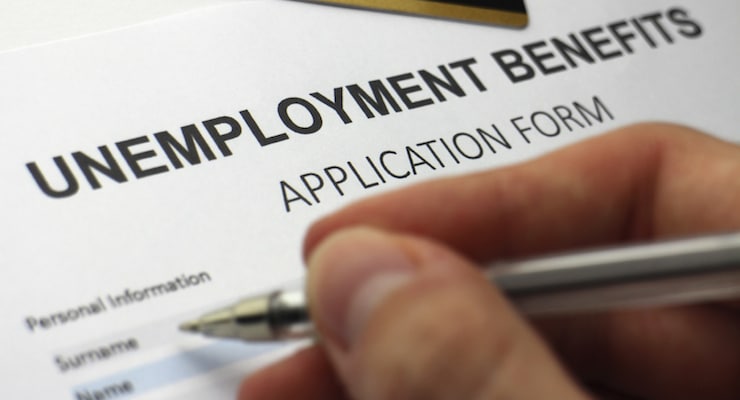

Weekly jobless claims, or first-time claims for unemployment benefits reported by the Labor Department.
The Labor Department reported Thursday weekly jobless claims fell by 4,000 to 259,000 last week, lower than the median forecast of 265,000. The prior week was unchanged at 263,000.
No state was triggered “on” the Extended Benefits program during the week ending August 20 and there were no special factors impacting this week’s initial claims. While the report marks 79 consecutive weeks of initial claims below 300,000, the longest streak since 1970, the percentage of eligible applicants due to long-term employment in the U.S. labor force is also at a historic low.
The 4-week moving average–which is widely viewed as a more accurate and less volatile indicator–was 261,250, a decrease of 1,750 from the previous week’s unrevised average of 263,000.
There were 8,505 former Federal civilian employees claiming UI benefits for the week ending August 20, an increase of 258 from the previous week. Newly discharged veterans claiming benefits totaled 13,376, an increase of 8 from the prior week.
The highest insured unemployment rates in the week ending August 20 were in Connecticut (2.7), New Jersey (2.7), Puerto Rico (2.7), Alaska (2.6), Pennsylvania (2.4), California (2.2), Rhode Island (2.1), Massachusetts (2.0), West Virginia (2.0), and Wyoming (1.9).
The largest increases in initial claims for the week ending August 27 were in New York (+4,913), California (+1,628), Georgia (+510), Hawaii (+353), and Iowa (+302), while the largest decreases were in Michigan (-1,101), Texas (-942), Pennsylvania (-880), Florida (-708), and Puerto Rico (-700).
The most damning journalistic sin committed by the media during the era of Russia collusion…
The first ecological study finds mask mandates were not effective at slowing the spread of…
On "What Are the Odds?" Monday, Robert Barnes and Rich Baris note how big tech…
On "What Are the Odds?" Monday, Robert Barnes and Rich Baris discuss why America First…
Personal income fell $1,516.6 billion (7.1%) in February, roughly the consensus forecast, while consumer spending…
Research finds those previously infected by or vaccinated against SARS-CoV-2 are not at risk of…
This website uses cookies.